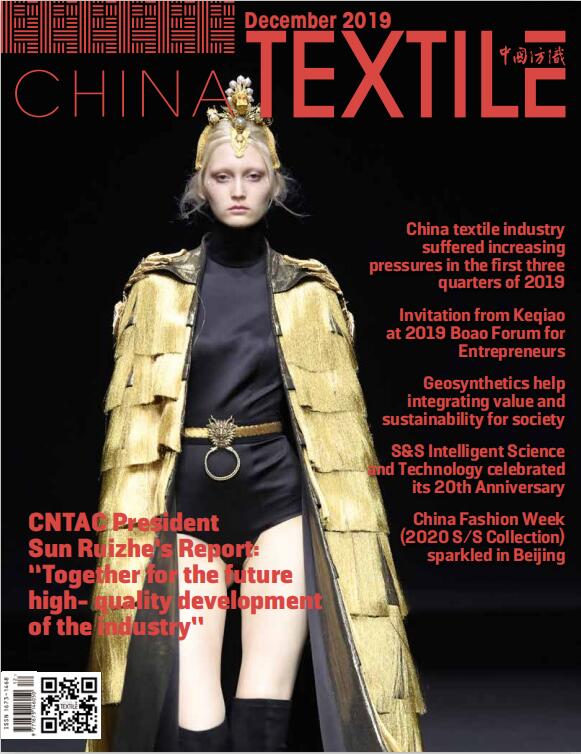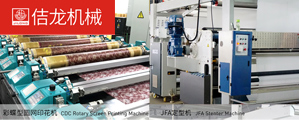Trade in medical supplies, PPE surged in 2020
Jul 07, 2021 | by Zhao Xinhua

Despite the value of global merchandise trade shrinking by more than 8 percent in 2020, trade in medical supplies increased by 16 percent, and personal protective equipment (PPE) by 50 percent, said the World Trade Organisation (WTO) in a new report.
The 25th WTO Trade Monitoring Report on G20 trade measures comes as the world continues to battle the COVID-19 pandemic. The mid-October 2020 to mid-May 2021 review period covered in this report provides important insight into a number of areas as countries begin addressing the challenges of a post-pandemic economic recovery. In particular, the past several months saw international cooperation and coordination among nations and intergovernmental organizations increase and intensify.
The report also notes that the multilateral trading system has kept trade flowing, with the WTO playing a central role in ensuring that supply chains are kept open and restrictive trade policies are avoided.
In terms of numbers, G20 economies implemented 140 trade and trade-related measures in the area of goods since the outbreak of the pandemic - 101 (72 percent) of a trade-facilitating nature and 39 (28 percent) of a trade-restrictive nature. The reduction or elimination of import tariffs and import taxes made up 60 percent of trade-facilitating measures taken, and certain G20 economies reduced their tariffs on a variety of goods such as PPE, sanitizers, disinfectants, medical equipment and medicine/drugs.
G20 economies also continued to repeal measures implemented in response to the pandemic and, as at mid-May 2021, around 22 percent of COVID-19 trade facilitating measures by G20 economies and 49 percent of the COVID-19 trade restrictive measures had been terminated. The trade coverage of COVID-19- related trade-facilitating measures implemented since the beginning of the pandemic was estimated at USD 215.7 billion, while that of the COVID-19-related trade-restrictive measures stood at USD 135.7 billion.
For products unrelated to the pandemic, G20 economies implemented 35 new trade-facilitating measures and 26 new trade-restrictive measures. The monthly average of trade-facilitating measures was the third-lowest recorded since 2012 and that of trade-restrictive measures the second lowest since 2012.
The estimated trade coverage of the import-facilitating measures introduced during the review period (USD 438 billion) significantly exceeded the trade coverage of import-restrictive measures (USD 123.89 billion), suggesting a return to the regular trend identified since the beginning of the trade monitoring exercise in 2009.
Source: tradearabia.com








